Diolkos: Passage of Shame
Before I even start writing today’s post, I should state that I am NOT a crypto-activist. My love for the ancient world, though, prompts me to bring to your attention some monuments, which are in need of protection. One of these is the ancient Diolkos, the pathway (6-8 km) from the Saronicos to the Corinthian Gulf, which allowed boats to be transported overland. It facilitated the transportation of goods and people, whether these were destined for commerce or for military campaigns. It remained in operation from the 6th century BC to the 1st century AD. After the last systematic excavations in the early 1960s , the monument has been left to deteriorate gradually but steadily. The erosion of the ship movements in the canal is its biggest enemy. You can clearly see in the following video how they affect the monument.
Protests have begun already 18 years ago. Today they continue with the help of Sofia Loverdou who noted the problem and started a campaign in order to save Diolkos. She sent emails to archaeologists and beaurocrats alike, she pestered the Ministry of Culture in Greece with letters, she participated in several forums online… and yet, nothing happened. Even when Diolkos became news in the BBC News Channel, there was not enough incentive for the Greek authorities to act. So, the monument is continuously buried deeper and deeper under sand or water. In the following photographs you will take a glimpse of what is left. Maybe this is the only way to preserve it… by committing it to memory.
In the following picture you can see what is left from the erosion of the monument.
In the next two pictures you can recognise the inadequate attempts to keep some parts into place.
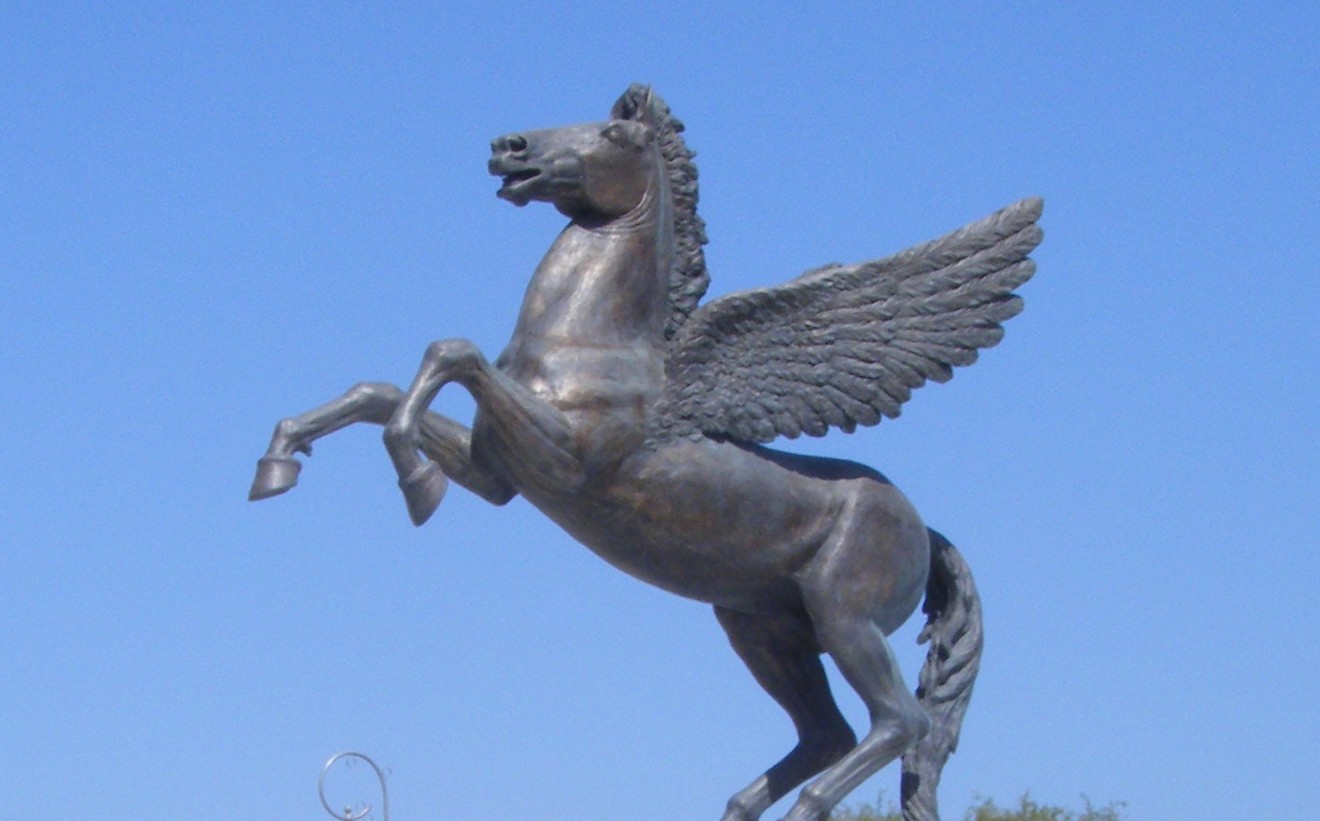
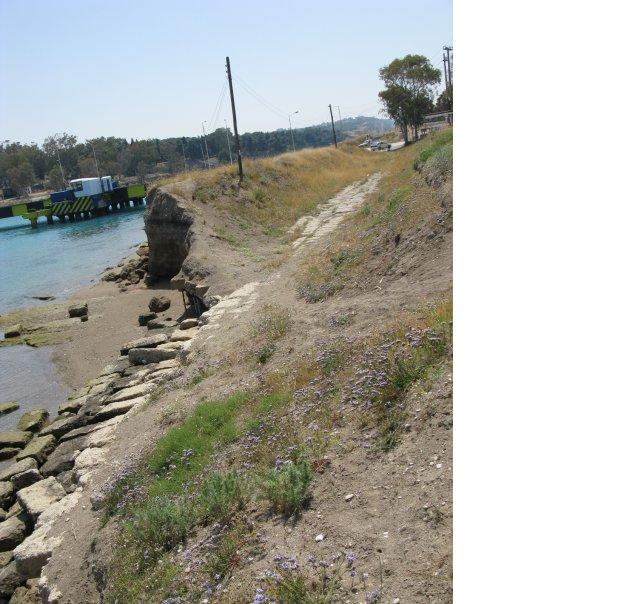
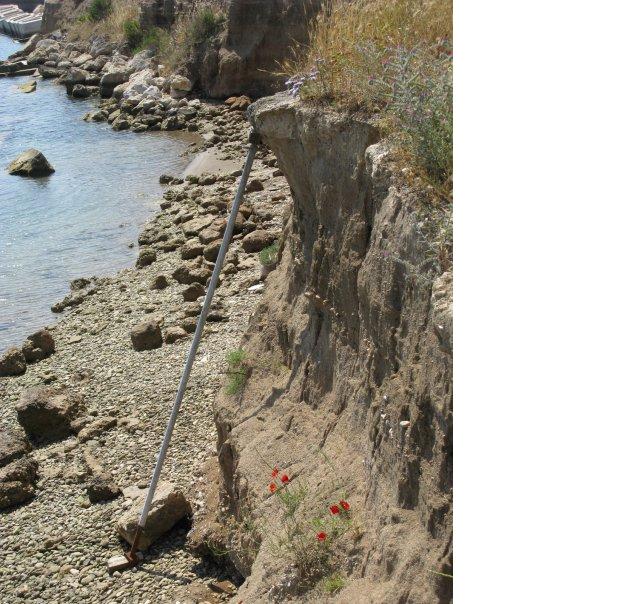
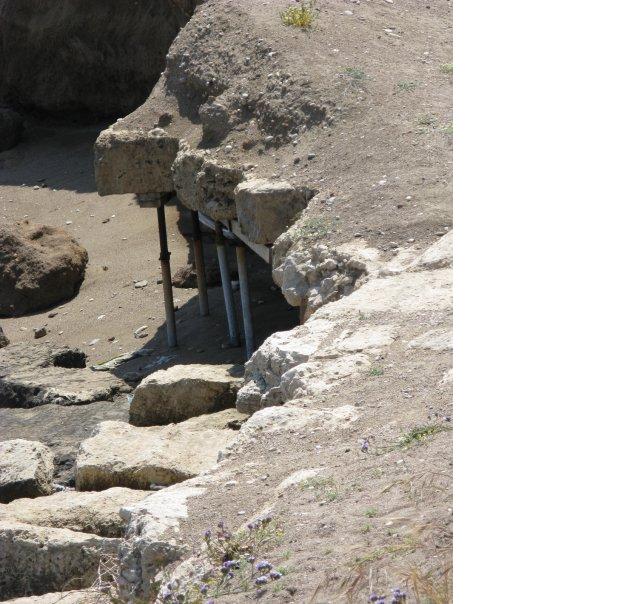
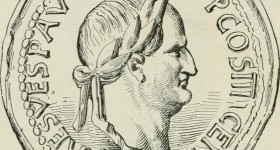
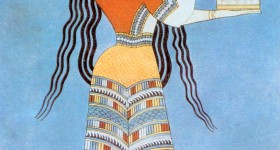
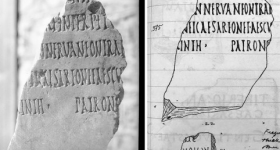
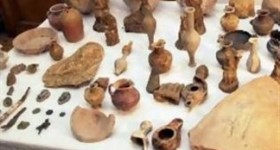
You are absolutely right. I can assure you that every time I pass from the low bridge near the diolkos, I am having trouble seeing the diolkos, since the monument is not properly displayed, let alone protected and taken care of. There is only a sign saying “ancient diolkos”; if it weren’t for the sign, one would need lots of luck just to catch a glimpse of the diolkos. It’s a shame.